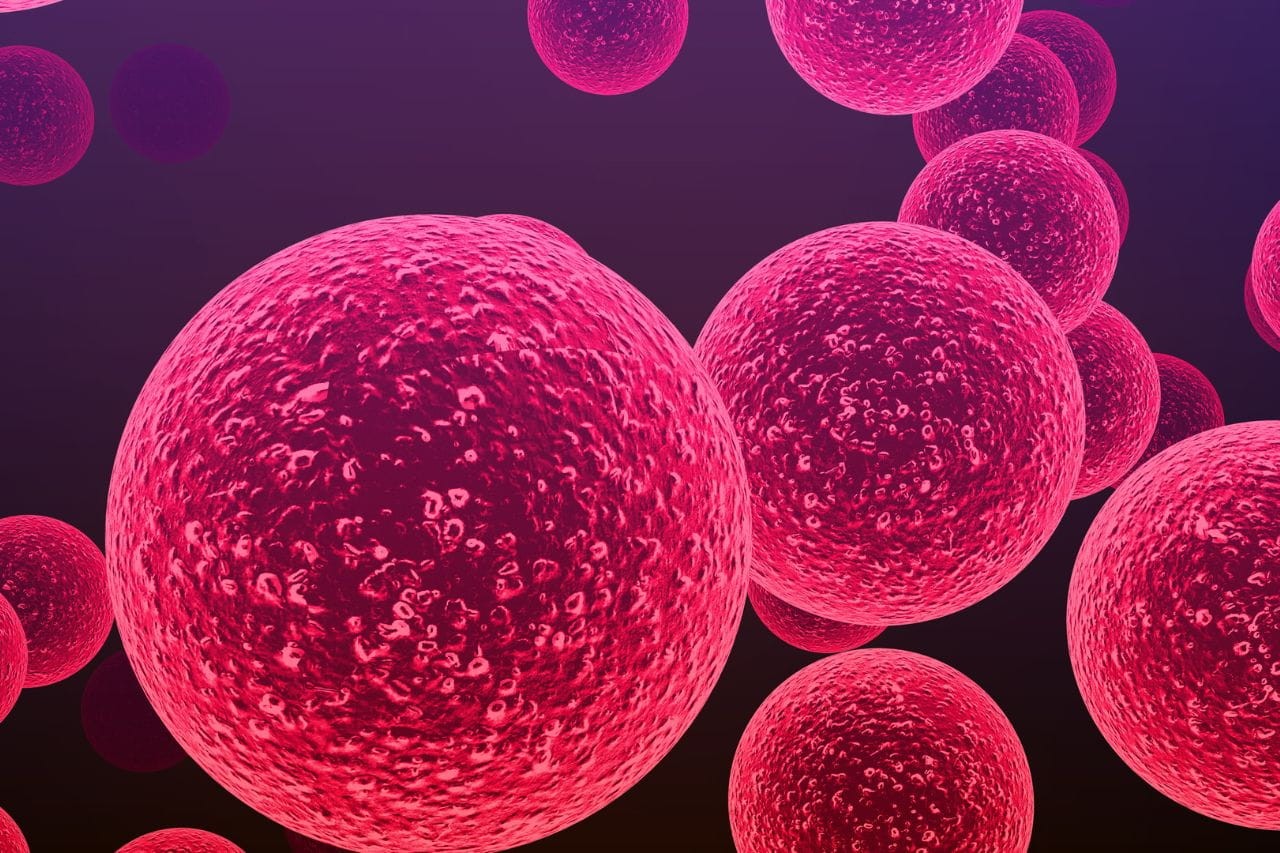Triamcinolone Acetonide Cream Uses and Side Effects

Triamcinolone acetonide was developed in the 1950s, so it’s a well-tested and well-understood medication. However, it’s typically formulated in medium or strong potency, so it’s essential to use it following the directions provided by your doctor or pharmacist.
What Is Triamcinolone Acetonide Cream Used For?
Triamcinolone comes in different forms, including triamcinolone acetonide ointment, lotion, cream, nasal spray, and dental paste. Doctors can also prescribe triamcinolone acetonide injections.
Triamcinolone acetonide cream is used for skin conditions resulting from allergies or immune system disorders, including:
The form and strength of triamcinolone acetonide cream are based on the type of condition and the symptoms it’s causing.
Where Should You Not Apply Triamcinolone Acetonide Cream?
If your doctor has prescribed triamcinolone acetonide cream for a skin condition with symptoms on different body parts, you may wonder, “Can I use triamcinolone acetonide cream on my face?” You should not use triamcinolone acetonide cream on your face unless your doctor specifically directs you to apply it there. The same is true of your groin and underarms.
To ensure the medication doesn’t contact skin it shouldn’t, you should apply triamcinolone acetonide cream as follows:
- Wash your hands.
- Wash and dry the affected area.
- Apply a thin layer of the medication to the affected area and gently massage it into the skin.
- Don’t bandage or cover the area unless your doctor says you should.
- Wash your hands after applying the medication.
Avoid getting triamcinolone acetonide cream in your eyes, nose, or mouth. If it gets in your eyes, it can cause or worsen glaucoma. If contact with the eyes, nose, or mouth occurs, rinse promptly with plenty of water.
You should apply the medication two to four times a day, as directed by your doctor. Don’t use it for less or more time than prescribed.
Triamcinolone Acetonide Side Effects
If you experience any of the following side effects while using triamcinolone acetonide cream, you may need medical attention:
- Skin dryness, flaking, crusting, burning, or blistering
- Skin irritation
- Skin soreness, itching, swelling, scaling, or severe redness
- Scaling or redness near your mouth
- Skin thinning or bruising, especially in skin folds (like between the finger) or on the face (when directed to use it there)
Other side effects may not require medical attention. But if they persist or concern you, you should contact your doctor. These include:
- New or worsening pimples or acne
- Skin burning and itching with tiny red blisters
- Skin softening
- Itching, pain, or burning sensation in hairy areas, or pus at the root of the hair
- Increased hair growth on the legs, arms, back, or forehead
- Lightening of skin tone
- Red or purple lines on the arms, face, legs, groin, or trunk
Some patients may experience side effects not on this list.



.jpg?rev=5ec7fdcba4b24c3bbdb6146dc1d3a1e5)